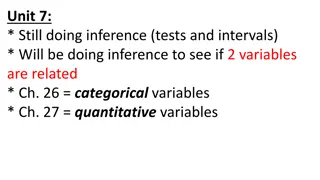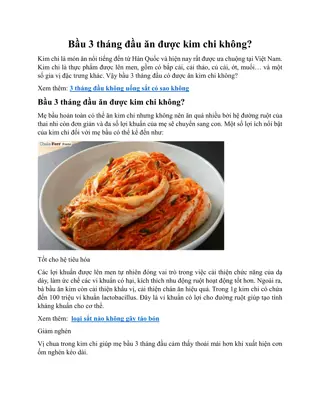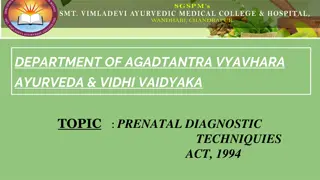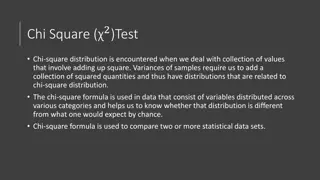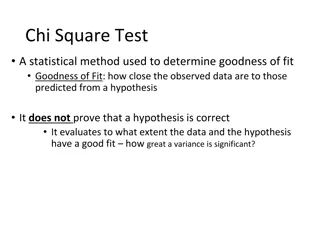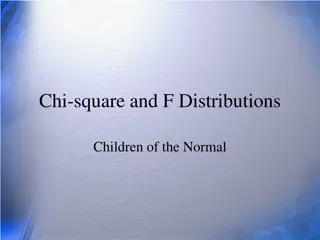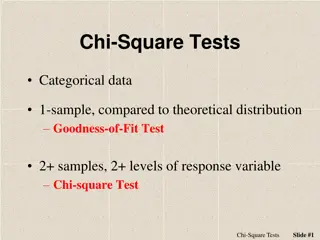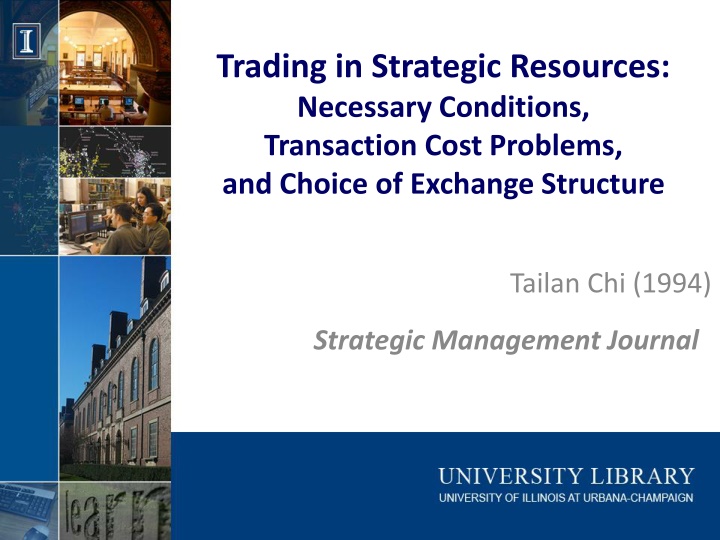
Trading in Strategic Resources: Conditions for Efficient Exchange Structures
Explore the conditions for trading in imperfectly imitable and mobile strategic resources, addressing difficulties, mitigation mechanisms, and impact on exchange structures between firms. Key concepts include resource tradability, replicating resources, and RBV theorists' perspectives.
Download Presentation

Please find below an Image/Link to download the presentation.
The content on the website is provided AS IS for your information and personal use only. It may not be sold, licensed, or shared on other websites without obtaining consent from the author. If you encounter any issues during the download, it is possible that the publisher has removed the file from their server.
You are allowed to download the files provided on this website for personal or commercial use, subject to the condition that they are used lawfully. All files are the property of their respective owners.
The content on the website is provided AS IS for your information and personal use only. It may not be sold, licensed, or shared on other websites without obtaining consent from the author.
E N D
Presentation Transcript
Trading in Strategic Resources: Necessary Conditions, Transaction Cost Problems, and Choice of Exchange Structure Tailan Chi (1994) Strategic Management Journal
Introduction (i) Heterogeneous across firms in an industry (ii) Imperfectly imitable and imperfectly mobile (iii) Have no substitutes that are easily imitable or mobile RBV theorists suggest that strategic resources: -- Barney (1986a) maintains that there exist reasonably competitive markets for strategic resources -- Dierickx and Cool (1989) submit that unique and valuable resources such as reputation cannot be readily acquired on a market and thus are not tradable. There has been continuing debate on resources tradability Previous research has largely overlooked the means of replicating a resource under the guidance of its present employer. 2
Research Questions Under what conditions, if any, can imperfectly imitable and imperfectly mobile resources be gainfully traded across firms? What are the main difficulties of trading in such resources? What mechanisms can be used to mitigate the various trading difficulties and how might the exchange structure between the trading parties be affected by adoption of those mechanisms? 3
Question 1: What are the Conditions for Strategic Resources to be Gainfully Traded Three component of strategic assets: Physical assets, human skills, and organizational routines Multiple ways of trading in strategic resources: 1. Acquisition of the whole firm or part of the firm 2. Purchase of the resource s service from the firm that possesses it 3. Transfer of the skills and organization routines that make up the resource of the firm that presently employs it. The latter two ways do not remove the resource from the possession (e.g., cross-licensing agreement or joint venture) 4
Question 1: What are the Conditions for Strategic Resources to be Gainfully Traded Three component of strategic assets: Physical assets, human skills, and organizational routines Multiple ways of trading in strategic resources: 1. Resource Gap 2. Resource Complementarity 3. Appropriability of Benefits The latter two ways do not remove the resource from the possession (e.g., cross-licensing agreement or joint venture) 5
RBV Theorists conjectures regarding Imitability and Mobility Imperfect imitability: causal ambiguity Definition: uncertainty about the causal connections between managerial actions and economic results (Lippman & Rumelt, 1982). Debate: whether the firm employing strategic resources is faced with less causal ambiguity compared to its competitors? Chi s (1994) view: The degree of causal ambiguity experienced by the firm possessing the resources does not affect the possibility of trading in but impacts the way the firm chooses to trade in its strategic resources. Imperfect mobility: specificity Definition: the condition that a resource is specialized to firm-specific needs so that it has less economically valuable to other firms than to its present employer Debate: the extent to which strategic resources can be traded across firms. 6
Chis (1994) concept: From mobility to tradability Mobility concerns the potential that there exists another user to whom the resource s long-run value is higher than to its present employer (Peteraf, 1993). Tradability concerns the potential that a possibly temporary use of the resource in conjunction with resources that are not put under the-control of the firm can yield a higher economic return than its present best use within the firm. Adds more possibilities for inter-firm collaboration. Identifies four primary transaction cost problems in the trading of strategic resources: adverse selection, moral hazard, cheating, and economic holdup problem. 7
Two necessary conditions for trading strategic resources Condition 1 + Strategic Resources Strategic Resources Two firms that possess complementary strategic resources will have an incentive to trade their strategic resources when neither of them expects to be able to exploit the complementarity more profitably by trying to replicated the resources of the other on its own or acquire imperfect substitutes on the open market. 8
Two necessary conditions for trading strategic resources Condition 2 + Strategic Resources Normal Resources When there exists complementarity between the strategic resources of one firm and the normal resources of another firm, the two firms will have an incentive to trade the strategic resources (a) if the former does not expect to be able to exploit the complementarity more profitably by acquiring the normal resources on the open market; and(b) if the latter does not expect to be able to exploit the complementarity more profitably by trying to replicate the strategic resources of the former on its own or acquire imperfect substitutes on the open market. 9
Question 2: What are the barriers to imitation and impediments to trading? Linking the barriers to imitation with the transaction costs to trading Sources of imperfect imitability: Tacitnesscharacterizes skills and organization routines whose creation and replication heavily rely on learning by doing (Penrose, 1959; Polanyi,1967). Complexityarises from the existence of many different and interrelated skills and organization routines within a firm (Nelson & Winter, 1982). Specificityrefers to the condition that a resource is specialized to the needs of specific transactions (Williamson, 1985). 10
Question 2: Barriers to imitation and impediments to trading Information asymmetry Adverse selection (Akerlof, 1970) Causal ambiguity Measurement problem Moral Hazard (shirking) Tacitness If the mean of trading is not acquisition, the transaction costs also includes the costs of coordinating interdepend complementary resources between two firms: Cheating in ex ante contractible aspects of coordination Complexity and Specificity Holdup in ex ante noncontractible aspects of coordination 11
Question 3: Structural Remedies for Transaction Cost Problems Remedies Problems Adverse Selection Moral Hazard Residual Claimance Residual Control integration quasi-integration Deterrence building Cheating holdup 12
Implication: Trading Modes Choice between Acquisition and Collaborative Venturing 14
Contributions It incorporates resource-based, property rights, and transaction costs perspectives. The definition of trading in strategic resources is broader than the concept of mobility. A two-dimensional perspective of the exchange structure is proposed in this journal article. 15


